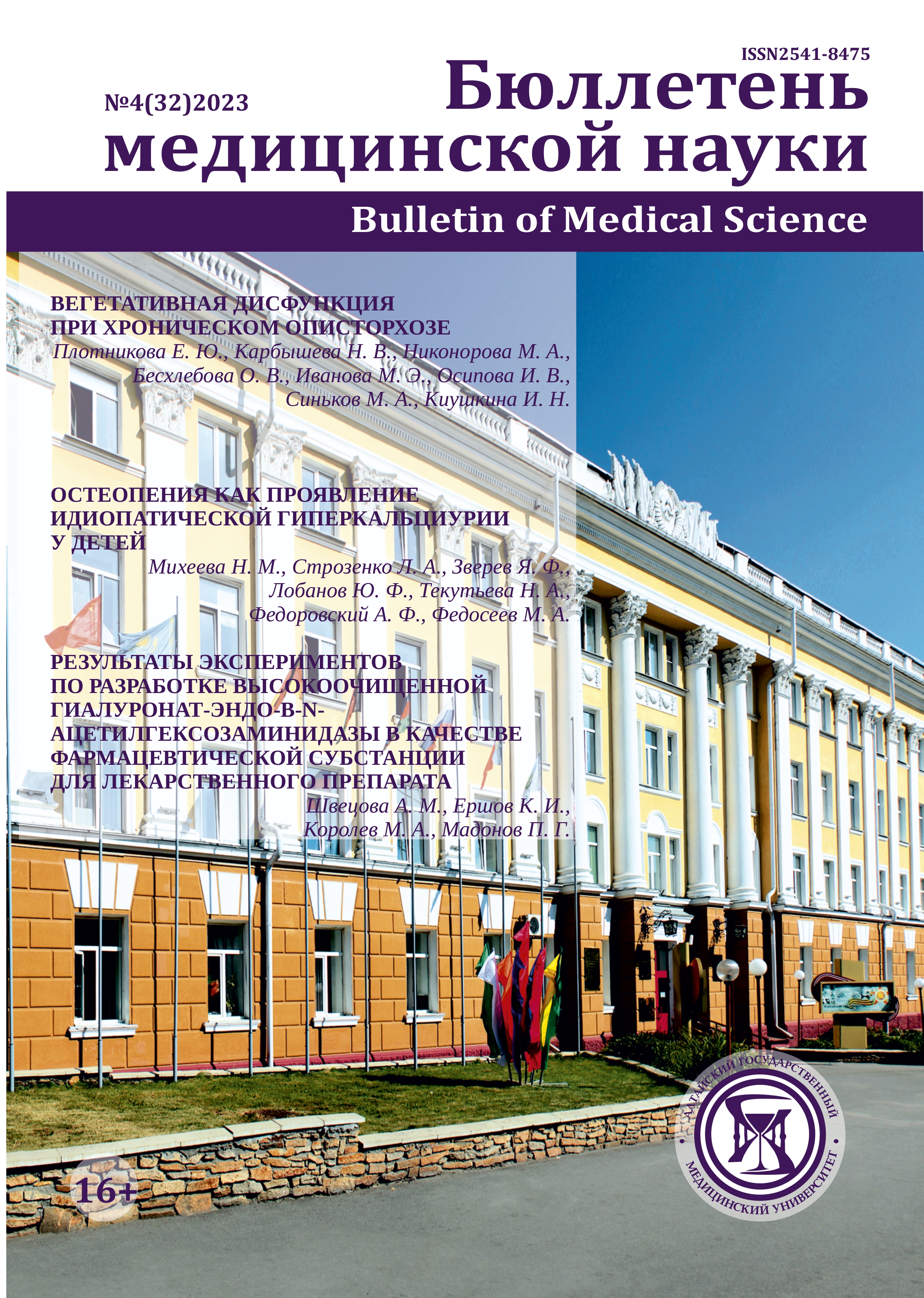CARDIOVASCULAR DISEASE MODELING: A COMPREHENSIVE LITERATURE REVIEW
УДК 615.32:616.63:616-092.9
DOI:
https://doi.org/10.31684/25418475-2023-4-128Keywords:
cardiovascular diseases, animal experiments, modelingAbstract
The scientific literature review describes experimental models of rat and murine cardiovascular diseases. The worldwide prevalence of cardiovascular diseases and associated disability and mortality rates encourage constant drug trials, resulting in a necessity for accurate and effective recreation in animal experiments. The authors, based on experimental data presented in the open literature, reviewed surgical, pharmacological, and alimentary methods for the modeling of cardiovascular diseases, describing their advantages, disadvantages, and applicability.
Downloads
Download data is not yet available.
References
Downloads
Published
2023-12-22
How to Cite
Zharikov A. Y., Belokurov S. S., Melnikov A. A., Semeryanova E. K., Kalin D. A. ., Garanin S. A. CARDIOVASCULAR DISEASE MODELING: A COMPREHENSIVE LITERATURE REVIEW: УДК 615.32:616.63:616-092.9 // Bulletin of Medical Science, 2023. Vol. 32, № 4. P. 128–138 DOI: 10.31684/25418475-2023-4-128. URL: https://newbmn.asmu.ru/bmn/article/view/644.
Issue
Section
REVIEWS













